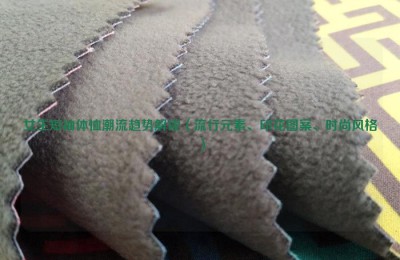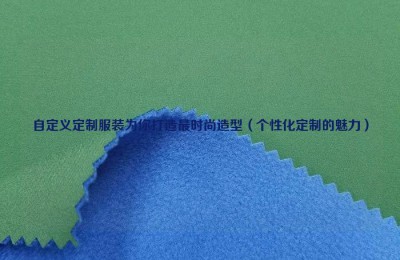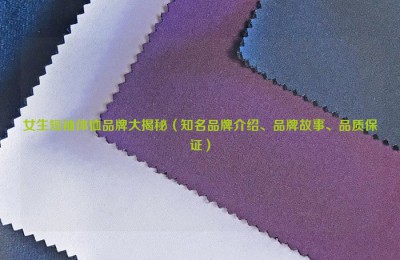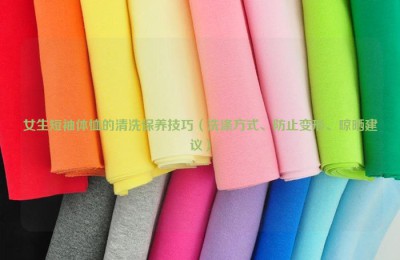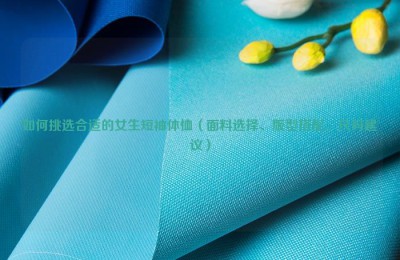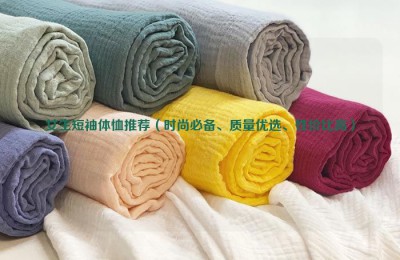Recently, Sun Ruizhe, Chairman of the International Federation of Textile Manufacturers and Chairman of the China Textile Industry Federation, accepted an exclusive interview with “China Daily”. Sun Ruizhe said that covering the Asia-Pacific The Regional Comprehensive Economic Partnership (RCEP) among 15 countries in the region has undoubtedly created more comprehensive and in-depth regional industrial cooperation opportunities for China, which will create strategic value for the diversification of industrial and supply chains.
Sun Ruizhe, Chairman of the International Federation of Textile Manufacturers and Chairman of the China Textile Industry Federation
The conflict between Russia and Ukraine continues to be tense, and my country’s textile and clothing exports to Russia and Europe are facing direct pressure. Sun Ruizhe said that the uncertainty of global economic recovery and geopolitical issues are having a profound impact on my country’s textile and apparel industry.
Against this background, the prices of bulk commodities such as crude oil and cotton remain high, and the profit margins of downstream enterprises such as chemical fiber and cotton spinning have been significantly squeezed. The recurrence of COVID-19 epidemics and the divergence of global anti-epidemic measures have reduced the efficiency of industrial production and logistics, weakening market confidence and consumption capacity.
The Regional Comprehensive Economic Partnership (RCEP) covers 15 countries in the Asia-Pacific region. The agreement’s entry into force has created new opportunities for more comprehensive and in-depth cooperation among regional industries. Sun Ruizhe pointed out that this is not only beneficial to hedging the economic and trade risks faced by the current industry, but also has strategic value for the diversification and globalization of the industrial chain and supply chain.
Under the RCEP framework, other member states’ liberalization commitments to China’s textiles exceed 94%, and China’s liberalization commitments to textiles exceed 95%. Sun Ruizhe said that tariff reduction commitments, origin accumulation rules, trade liberalization and facilitation measures will be conducive to establishing closer cooperation with Japan and other countries in the textile and apparel field. .
He added: “RCEP not only covers trade in goods, but also involves economic and technical cooperation, intellectual property and other fields. Advanced technology, important equipment, key components and new models The introduction will accelerate the transformation and upgrading of the entire industry chain.”
According to data from the China National Textile and Apparel Council, in the first quarter of this year, my country’s textile and clothing exports increased by 11.1% year-on-year, reaching US$72.25 billion. Affected by external factors such as weakening global demand and supply chain problems, industry operating indicators are expected to fall back in the first half of the year. In December last year, the United States passed H.R. 6256, an attempt to prevent Xinjiang products from entering the U.S. market. This move will also seriously affect the export of my country’s cotton textile apparel products to the US market.
In order to help enterprises reduce risks and improve profitability, the China Textile and Apparel Industry Federation has guided the industry to strengthen basic research and application innovation, and has achieved remarkable results. Industry innovation has moved from “following” to a stage of “following, running alongside, and leading”. A number of “breakthroughs” have been made in the fields of fiber materials, green manufacturing, textile machinery and so on. “stuck neck” problem.
The development of the platform economy and content economy has promoted the upgrading and renewal of traditional brands and the emergence of cutting-edge brands. E-commerce platforms such as SHEIN and PatPat are popular overseas. Changes in lifestyle and consumption scenarios have accelerated market segmentation and category innovation, creating space for the development of new brands. Hanfu craze and national brand craze have become the beginning of the current “new national trend”. China’s independent brands have entered the best period of development.
Sun Ruizhe said that in addition to promoting the deep integration of the digital economy and the industrial system, my country’s textile and apparel companies will also strive to open up new markets, develop new technologies, and better integrate into the new era with the domestic cycle as the main body and the domestic and international dual cycles reinforcing each other. development pattern.
《China Daily》
RCEP weaves new relationships for apparel trade
——China Daily’s interview with Sun Ruizhe, president of ITMF, president of CNTAC
By ZHONG NAN | China Daily
As the ongoing Russia-Ukraine conflict has put China’s textile and garment exports to Russia and Europe under direct pressure, Sun Ruizhe, president of the Beijing-based China National Textile and Apparel Council, or CNTAC, said the growing uncertainty of global economic recovery and geopolitical issues have had a huge impact on China’s textile and apparel industry.
Moreover, affected by geopolitics, the prices of commodities such as crude oil and cotton remain stubbornly high, and the profits of man-made fiber and cotton textile production shrank significantly. Also, the repeated COVID-19 pandemic waves and global divergence in prevention and control measures have weakened industrial production and logistics, which, in turn, have weakened market confidence and consumer spending.
He said that the enforcement of the RCEP agreement, which covers 15 countries in the Asia-Pacific region, will create fresh opportunities for a more comprehensive and deeper regional industry cooperation. This will hedge against the current economic and trade risks and generate strategic value for the diversification of industrial and supply chains.
Under the framework of the RCEP, over 94 percent of textile and garment products from China to other members will eventually enjoy zero tariffs after a certain period, and the number is over 95 percent for textile and garment products from other members to China .
Sun said that the tariff reduction commitments, accumulative rule of origin and trade liberation and facilitation measures will be conducive to a closer relationship between China and other countries such as Japan in textile and garment trade.
”RCEP not only covers trade in goods but also engages in economic and technological cooperation, intellectual property rights and other factors. The introduction of advanced technology, important equipment, key components and new patterns will speed up transformation and upgrading of the entire industrial chain,” he said.
China’s textile and garment exports soared 11.1 percent on a yearly basis to $72.25 billion in the first quarter, according to the CNTAC. The council predicted that the industry will experience a slowdown in growth in the first half, due to external factors such as weak global demand and supply chain issues.
As the bill H.R.6256 passed by the US Congress in December 2021 attempts to prevent the importation of goods produced in China’s Xinjiang Uygur autonomous region into the United States, Sun said this move will hit hard on the exports of Chinese cotton textile and garment goods to the US market.
Eager to enhance its earning strength and mitigate risks, the CNTAC and its member companies have made notable progress in both basic and applied research. The industry has shifted its focus from following others to keeping pace and even leading the way. Breakthroughs in technological bottlenecks have been made in the fields of new fibers, green manufacturing and textile machinery.
The development of the platform economy and content economy has fueled the upgrading of traditional brands and the emergence of new brands. E-commerce platforms such as SHEIN and PatPat are well-known in overseas markets. The changing lifestyle and consumer behavior have brought new markets and product categories for new brands. The love of hanfu-traditional Chinese dresses-and domestic brands has heralded a new trend known as guochao, a Chinese phrase referring to homegrown style. Domestic brands have entered a high-speed growth period.
In addition to facilitating the integration of digitalization into industrial development, Sun said China’s textile and garment companies will work harder on developing new markets via new technologies and the country’s dual-circulation development pattern that takes domestic development as the mainstay, with domestic and international development reinforcing each other.
AAA composite fabric network GFHJTYJUTI

